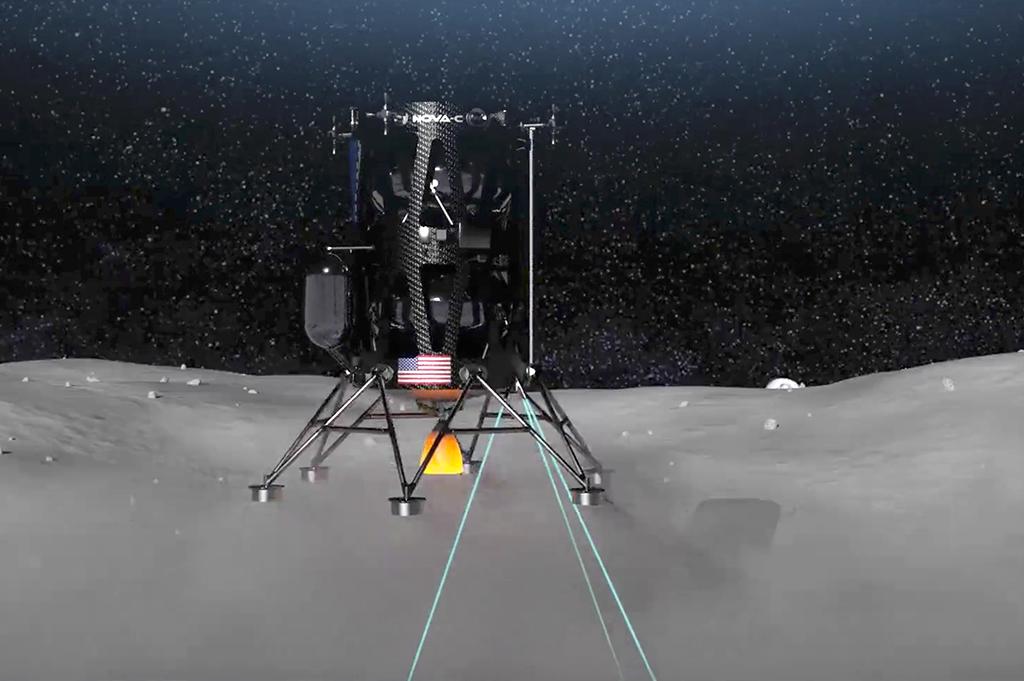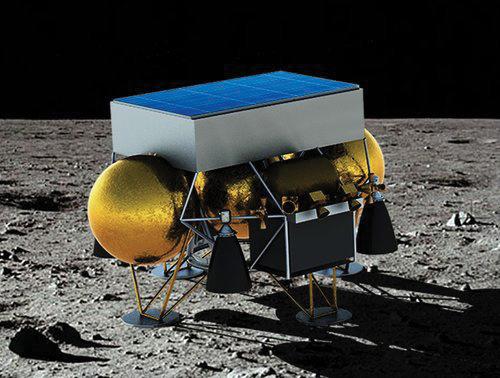Now the next major goals are the Moon again, and then Mars. As of right now, only the US has put men on the moon (and liberals, only Richard "R" Nixon's name is engraved on the plaques there...hope that burns!), but other nations and companies are working on the return. Here are some great pics and ideas. Enjoy.
Lunar Exploration Missions To Preface U.S. Artemis Launch | Aviation Week Network
Blue Origin Human Landing System
Blue Origin is developing a Human Landing System (HLS), to support the U.S.’ planned 2024 crewed Moon landing. Blue Origin’s team includes Lockheed Martin, Northrop Grumman and Draper. Blue Origin leads work on the HLS descent element; Lockheed, the reusable ascent element; Northrop, the transfer element that delivers the landing system from a high to a low lunar orbit for the final descent; and Draper, the guidance and avionics elements. Blue Origin, owned by Amazon CEO Jeff Bezos, was awarded a $579 million fixed-price contract under the solicitation, which is more than half of the $967 million set aside in NASA’s fiscal 2020 budget for HLS development...
Dynetics two-person lunar lander
Dynetics, a subsidiary of Leidos, is making a two-person crew module that would allow for astronauts to live on the Moon’s surface for about a week. It also has been designed to ferry four suited crewmembers from the Moon to an orbiter and back...
SpaceX Starship launch system
NASA has given SpaceX $135 million to develop a variant of its Starship launch system. The rocket would bring astronauts from lunar orbit to the Moon’s surface and back. But the company envisions the Human Landing System as having the ability to ferry astronauts from Earth, with the spacecraft to be refueled by a Starship parked in low Earth orbit and then carrying on to lunar orbit...
...iSpace Hakuto-R lunar lander
Japanese Private Mission
The Japanese company iSpace plans to perform its first Hakuto-R mission, a soft landing on the Moon, in 2021. If successful, iSpace would be the first private Japanese company to land on the lunar surface.
India’s Chandrayaan-3
India had been planning to launch a third mission to explore the Moon by the end of 2020 or early 2021. Delays due to the COVID-19 pandemic are likely to push the launch on a Geosynchronous Satellite Launch Vehicle Mk. 3 further into 2021...
Volatiles Investigating Polar Exploration Rover
Astrobotic has several NASA contracts—the latest one was awarded in June and is to deliver the Volatiles Investigating Polar Exploration Rover to the lunar south pole in 2023 to search for water ice. The company already has two efforts underway as part of NASA’s Commercial Lunar Payload Services program, including one to deliver the Peregrine lander in 2021 and another to produce a 13-kg (29-lb.)...
Intuitive Machines lunar lander
Intuitive Machines has a NASA Commercial Lunar Payload Services agreement and plans to launch a lander in October 2021 on a SpaceX Falcon 9 to a site on the Moon’s northern hemisphere. The mission will carry five science and technology payloads selected by NASA to help with its plan to put humans on the Moon in 2024...
Masten Space Systems XL-1 lunar lander
Masten Space Systems has contracts to launch, land and oversee the operations of eight science payloads in 2022 under NASA’s Commercial Lunar Payload Services effort. It will integrate the experiments on its XL-1 lander...
Progress. And the efforts seem to be more thanks to capitalism than government contracting. Quark would be so proud!








No comments:
Post a Comment